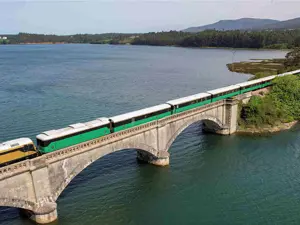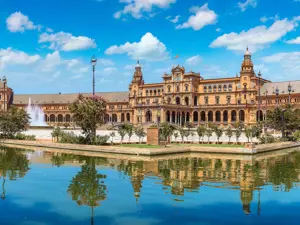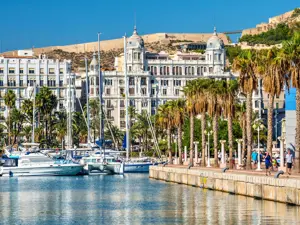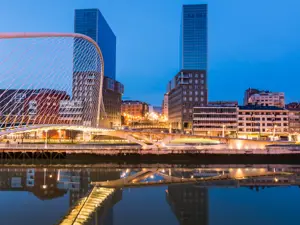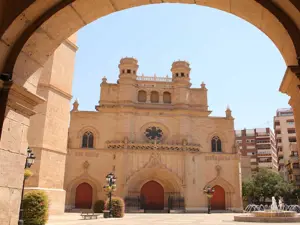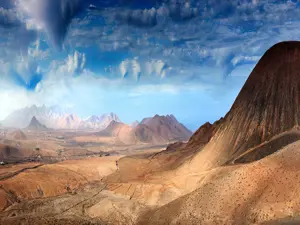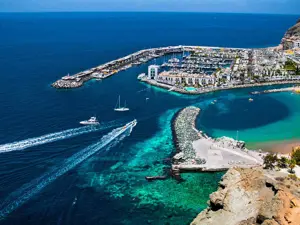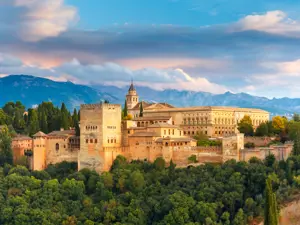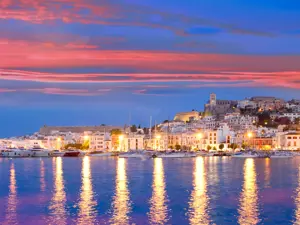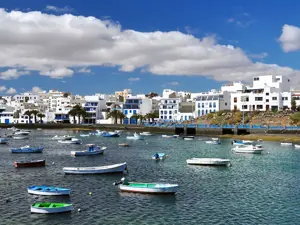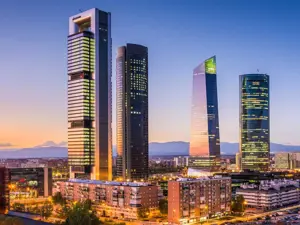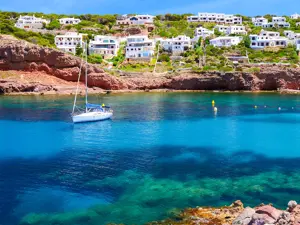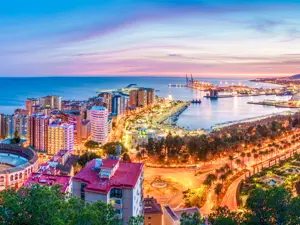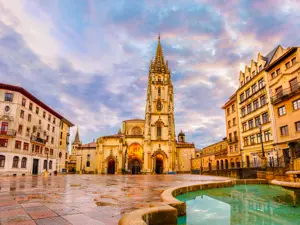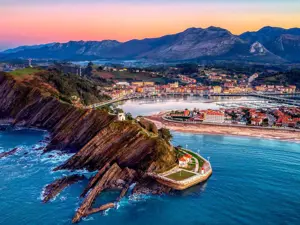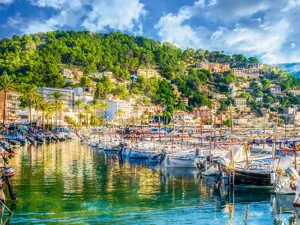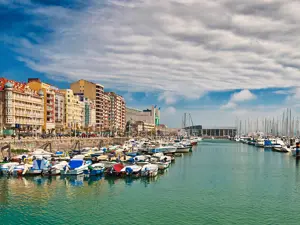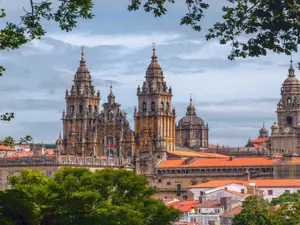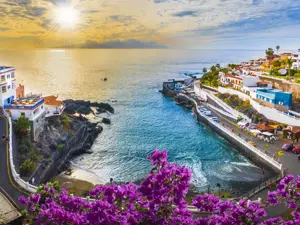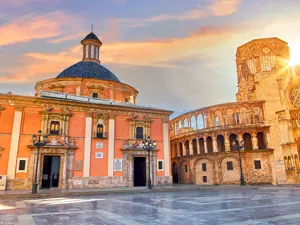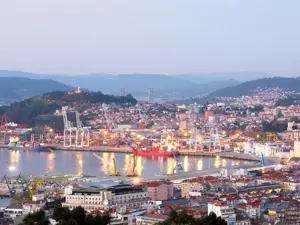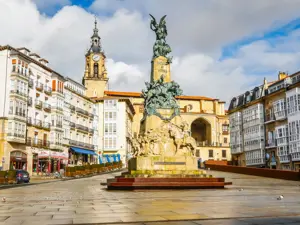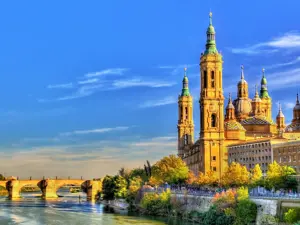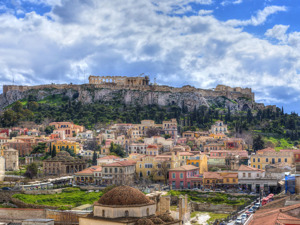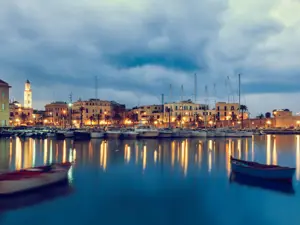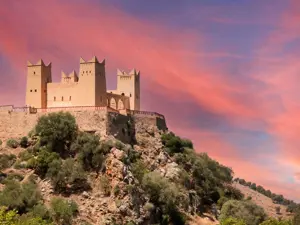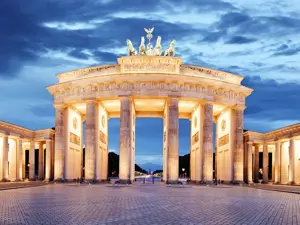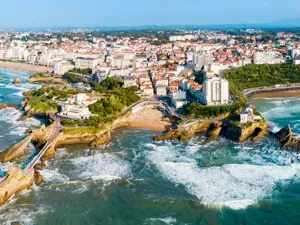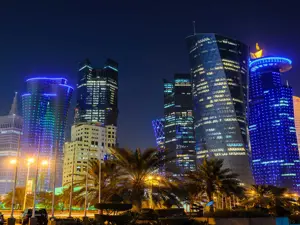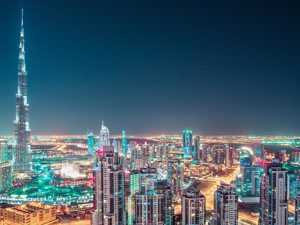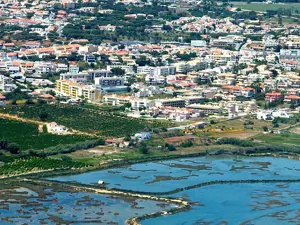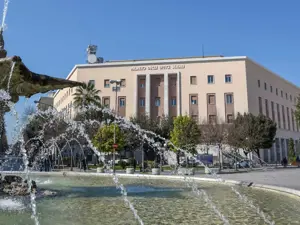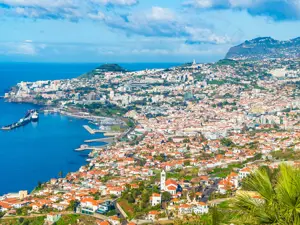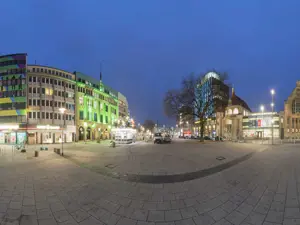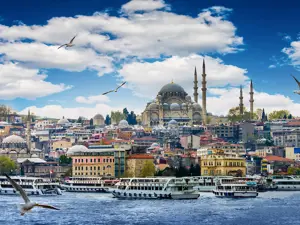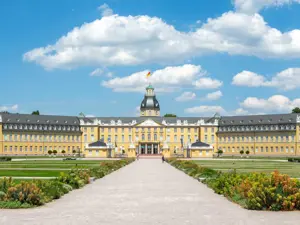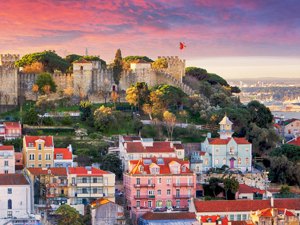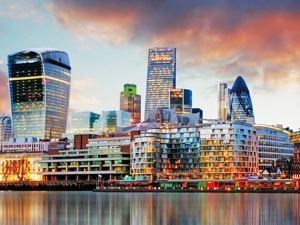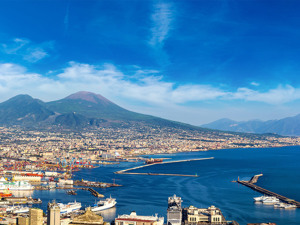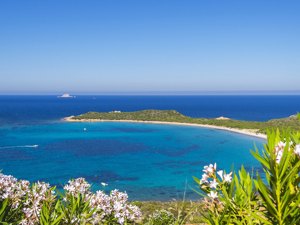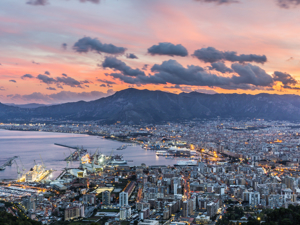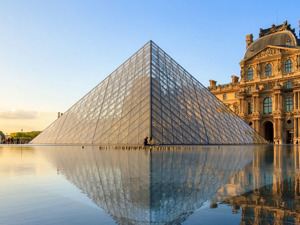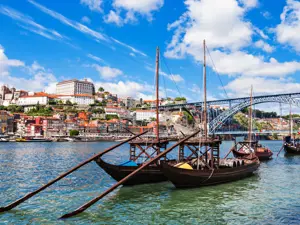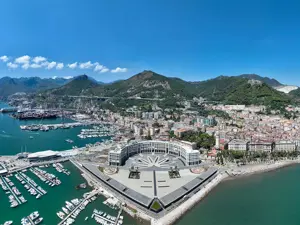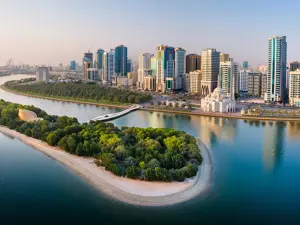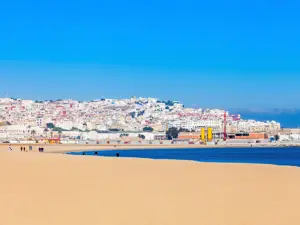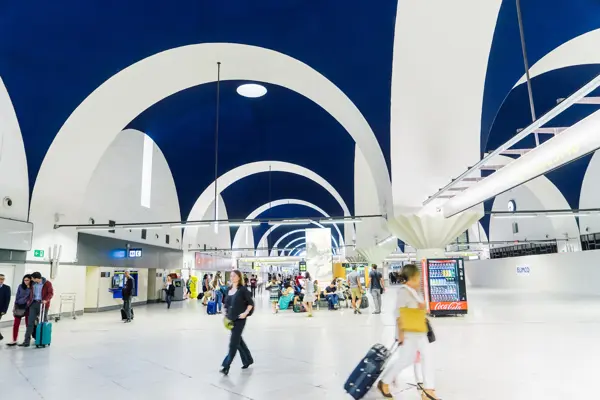A crossroads of style and culture
Seville, the capital of Andalusia, is a city that offers sun, warmth, light, fun, culture, history and folklore. Its streets, which are overlooked by generally low buildings, form a giant labyrinth that makes taking a walk through the city all the more interesting.
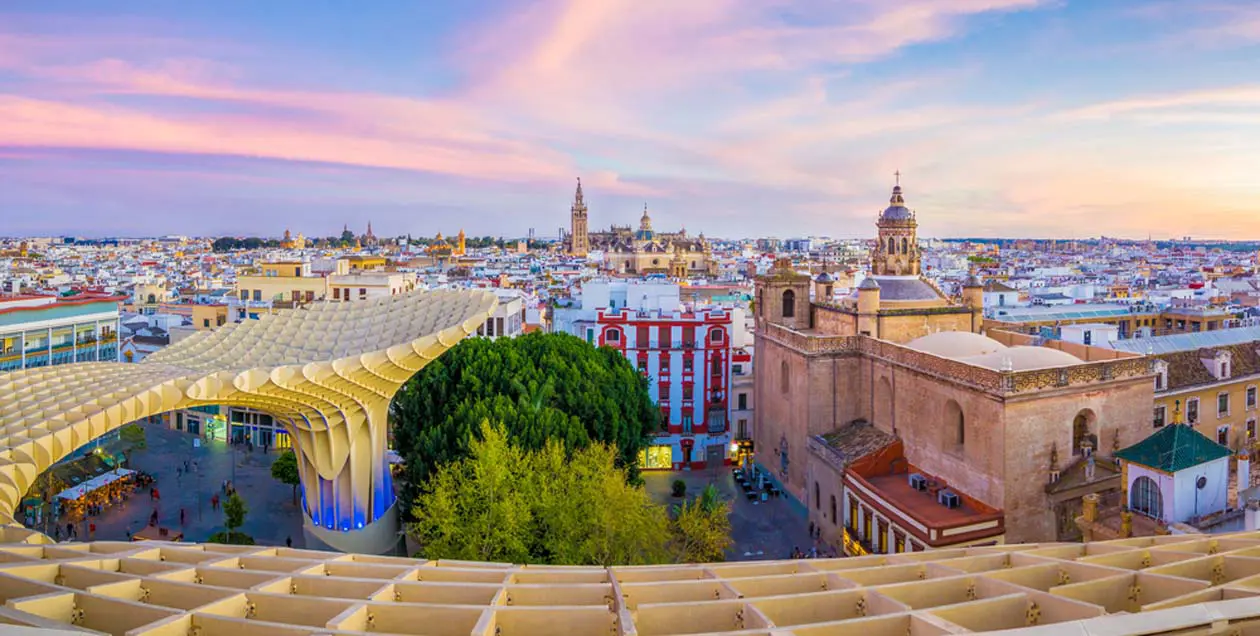
Seville Photo: Sisterscom.com, Shutterstock
The Cathedral of Saint Mary
The city’s cathedral, the third largest in the world after St. Peter’s Basilica in the Vatican City and St. Paul’s Cathedral in London, is one of the last Gothic churches in Spain. It stands on the site of the 12th-century Great Mosque and retains the mosque’s minaret, known today as the Giralda, and the Patio de Los Naranjos (Orange Tree Patio).
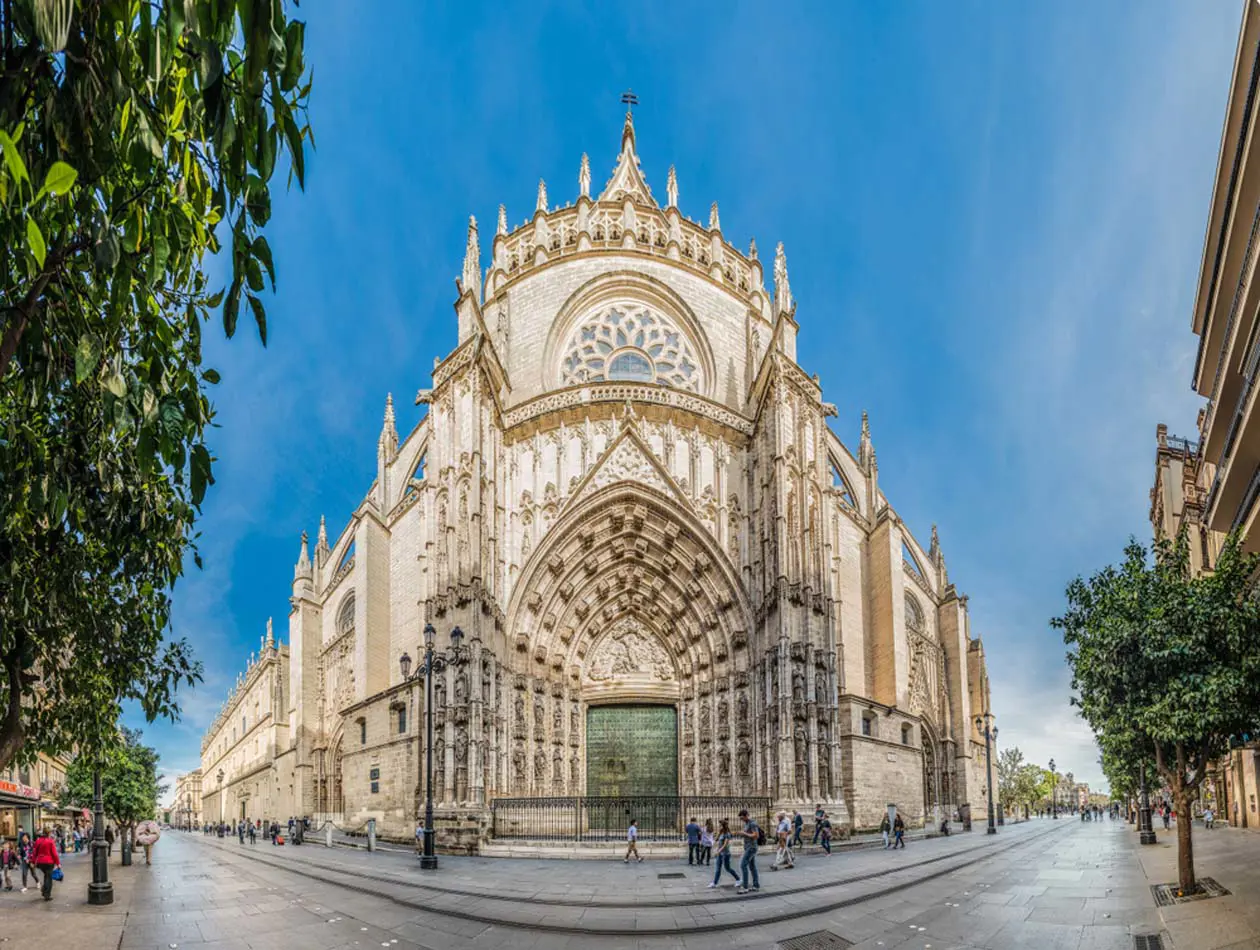
The cathedral is accessed through the Puerta del Perdon (Door of Forgiveness), the old and majestic entrance to the mosque. The immense and sparkling Flemish-style altar piece in the Main Chapel, at 20 metres high, is the tallest in Spain; the Royal Chapel astonishes for its sheer grandeur.
The Giralda
The Giralda provides visitors with a proud and elegant image. This Almohad minaret was built by the Moors between 1184 and 1197 and previously had a height of 79 metres. In 1586, after the recapture of Seville, the Christians added a bell tower and it now reaches almost 100 metres in height. The austere and delicate decorations reflect the principles of the Almohad religious movement, with artistic details that combine both beauty and simplicity.
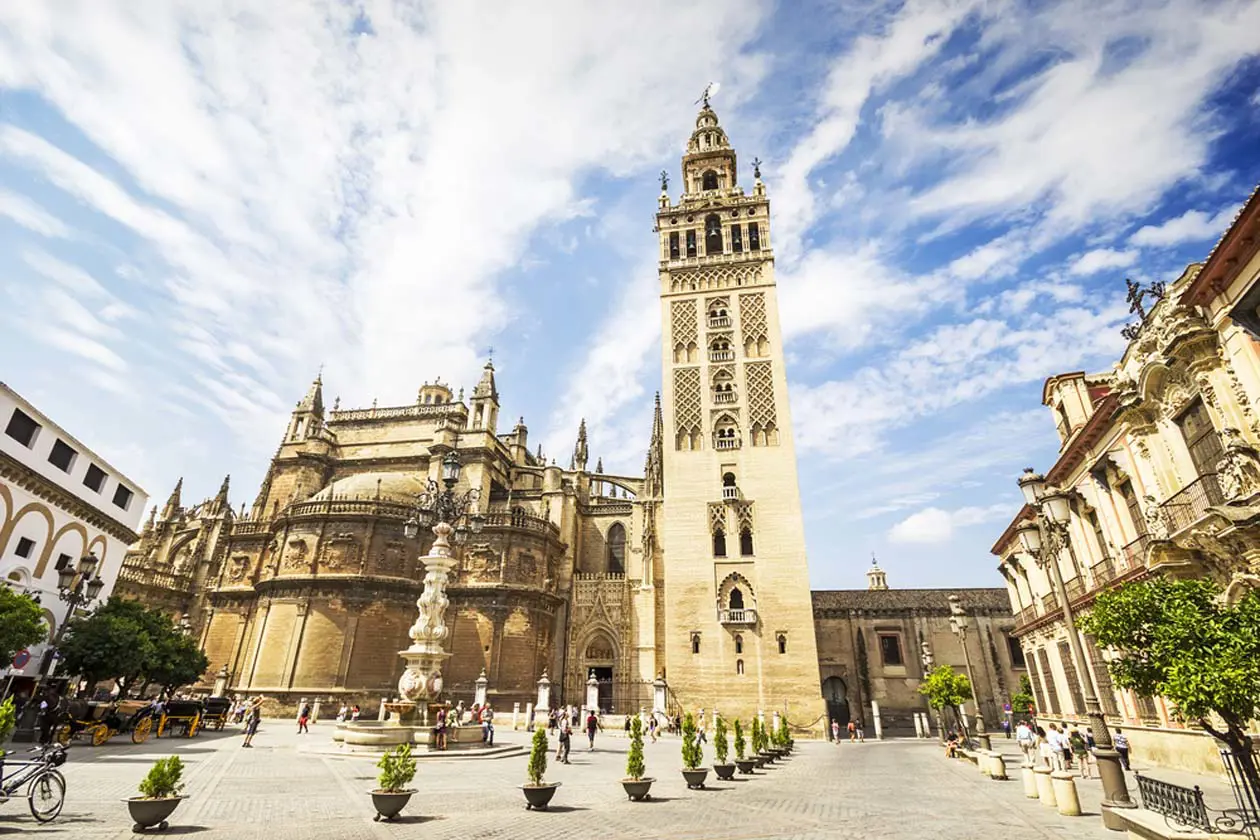
The Alcázar
The Alcázar, a fortified palace built in 913, is one of the most impressive buildings in Seville and a masterpiece of Mudejar art. Its numerous rooms, patios and halls combine various styles and architectural influences which range from Islamic to Neoclassical. The Alcázar’s beautiful terraced gardens with fountains and pavilions are well worth visiting.
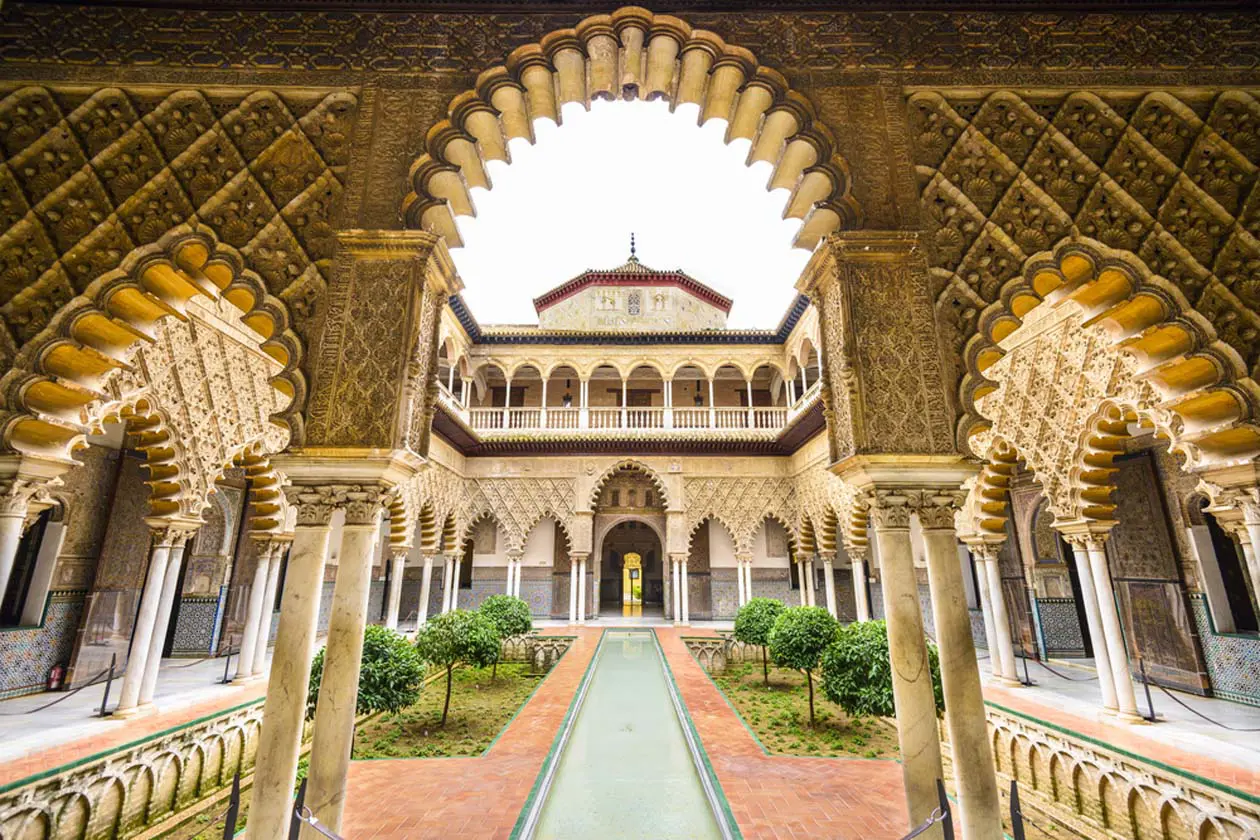
Santa Cruz, a district attached to the Alcazar walls, has winding streets and picturesque houses, and is home to the most important monuments in Seville. The surrounding area offers places of great interest such as the Murillo Gardens, dedicated to the Sevillian painter, the Patio de Banderas, consisting of a small group of houses attached to the Alcazar wall with beautiful views of the Giralda and Cathedral, and a few Roman remains from the time when Seville was known as Hispalis.
The Archive of the Indies
Seville is also home to the Archive of the Indies, a very important document repository containing references to the discoveries and conquest of the “New World”, which was created in the sixteenth century. The lower floor of the building houses numerous documents concerning the colonisation of the Americas, with the autographs of Christopher Columbus, Magellan and Cortés, the diary of Columbus, and maps of the principal American cities.
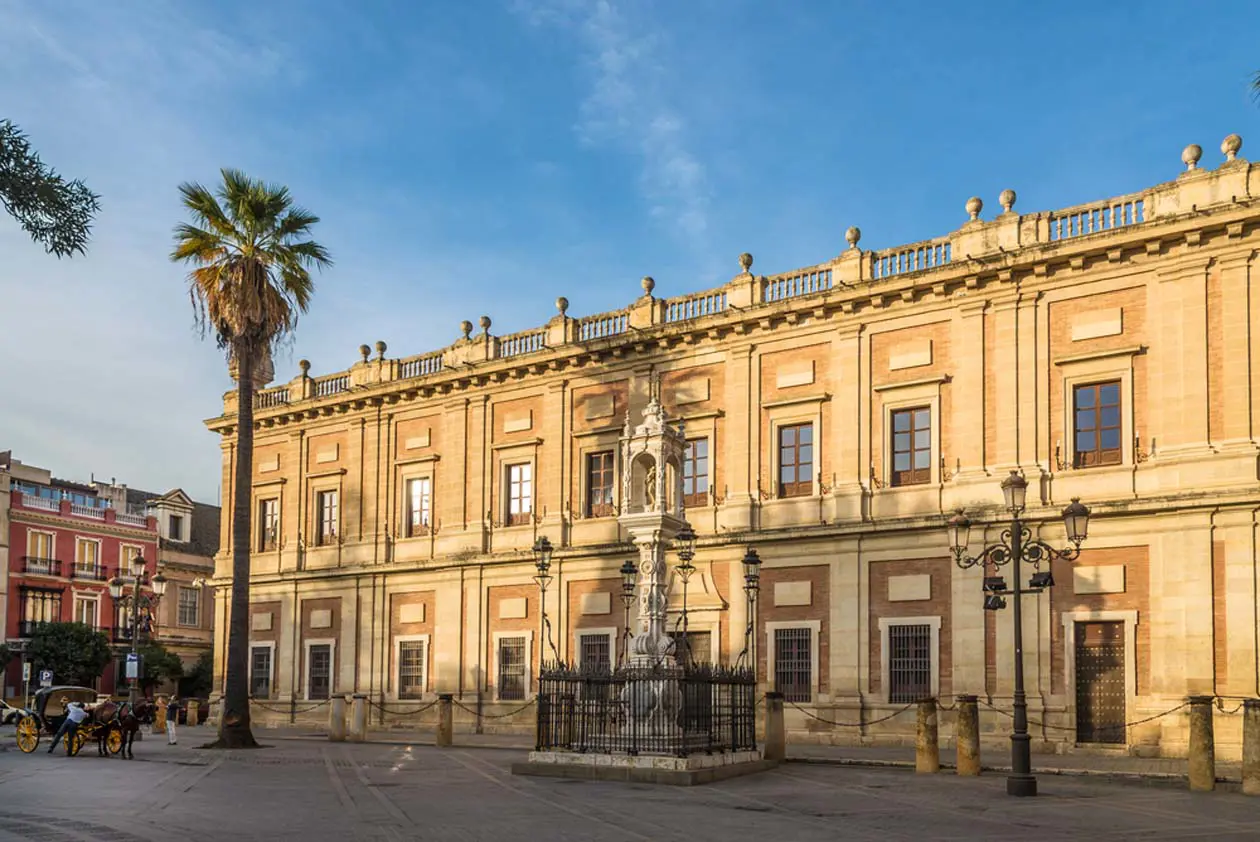
The Alameda de Hércules is one of the most popular areas of the city and is traditionally linked to the world of flamenco and the art of fortune telling.
The Plaza de Espana
The Plaza de Espana, oval in shape and constructed of bricks with polychrome tile highlights, was built for the Spanish-American Exhibition of 1929. Its semi-circular shape symbolises the embrace of Spain with its colonies, and it faces the River Guadalquvir as the route to follow towards America. The square is surrounded by four bridges that represent the four kingdoms of Spain.
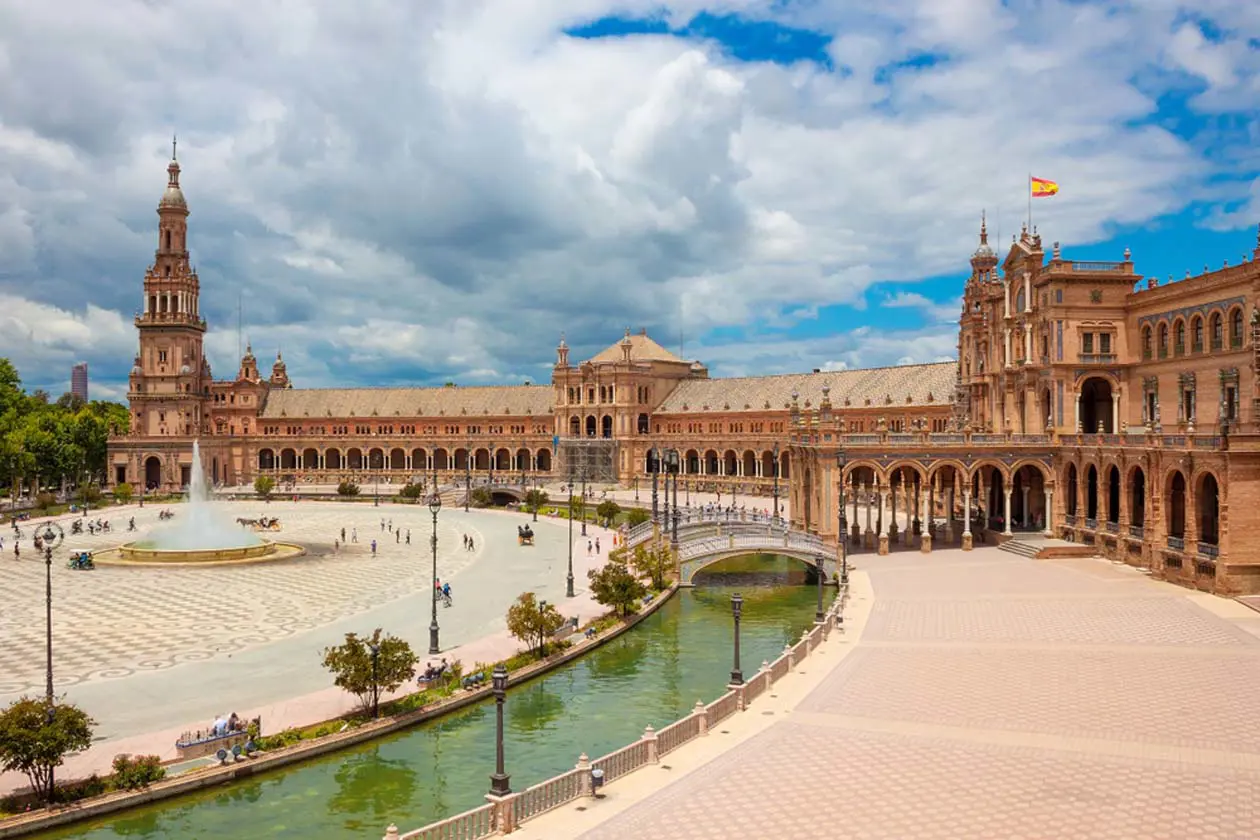
The Real Maestranza
The Real Maestranza, designed in 1758, is one of the oldest bullrings in Spain, and has a capacity of 14,000 spectators. It has a white and ochre Baroque-style façade and houses the Bullfighting Museum.
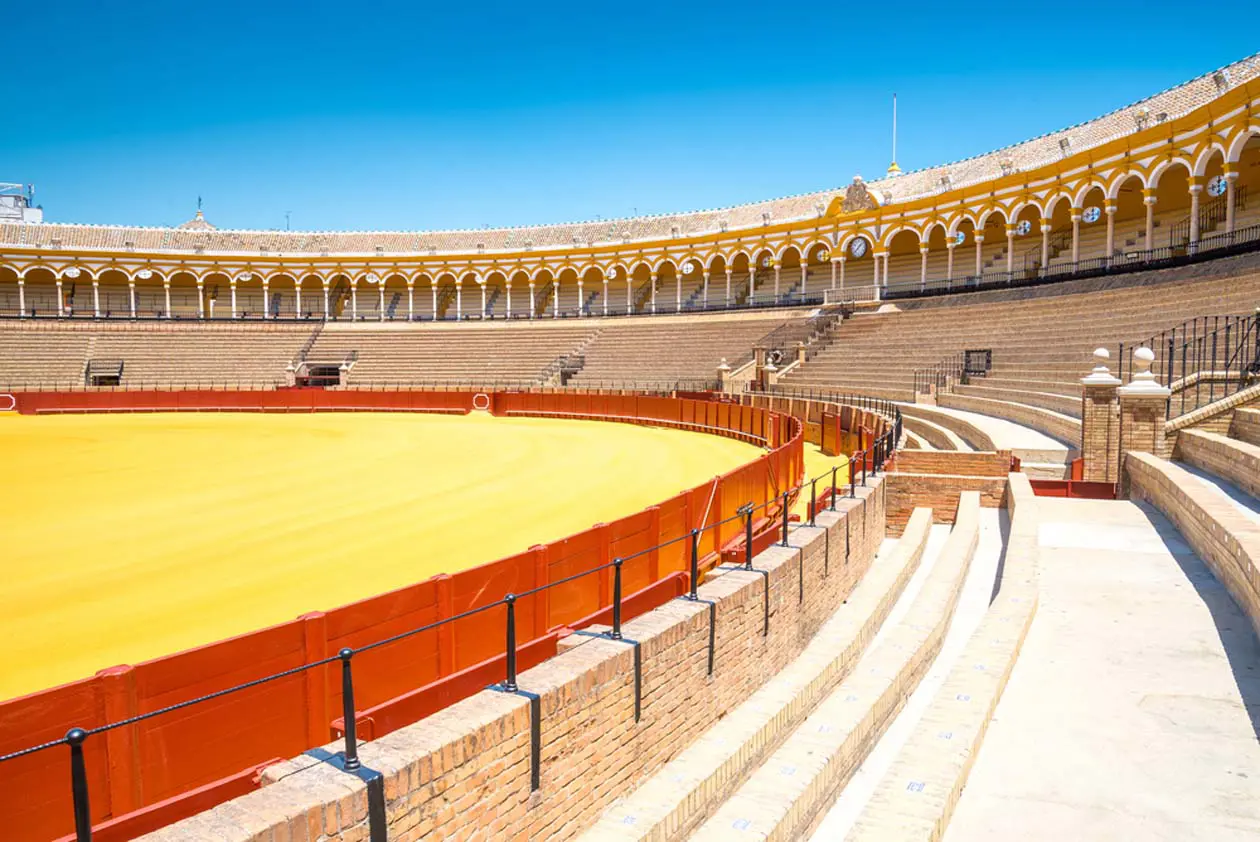
Some of the many monuments that must not be missed include the Torre del Oro (Golden Tower), built in 1222 and one of the last examples of Almohade art in Seville, which formerly housed the riches brought from the Americas; the house of Pilate, which resembles Pontius Pilate’s house in Jerusalem, and the Arch of the Basilica of the Macarena.
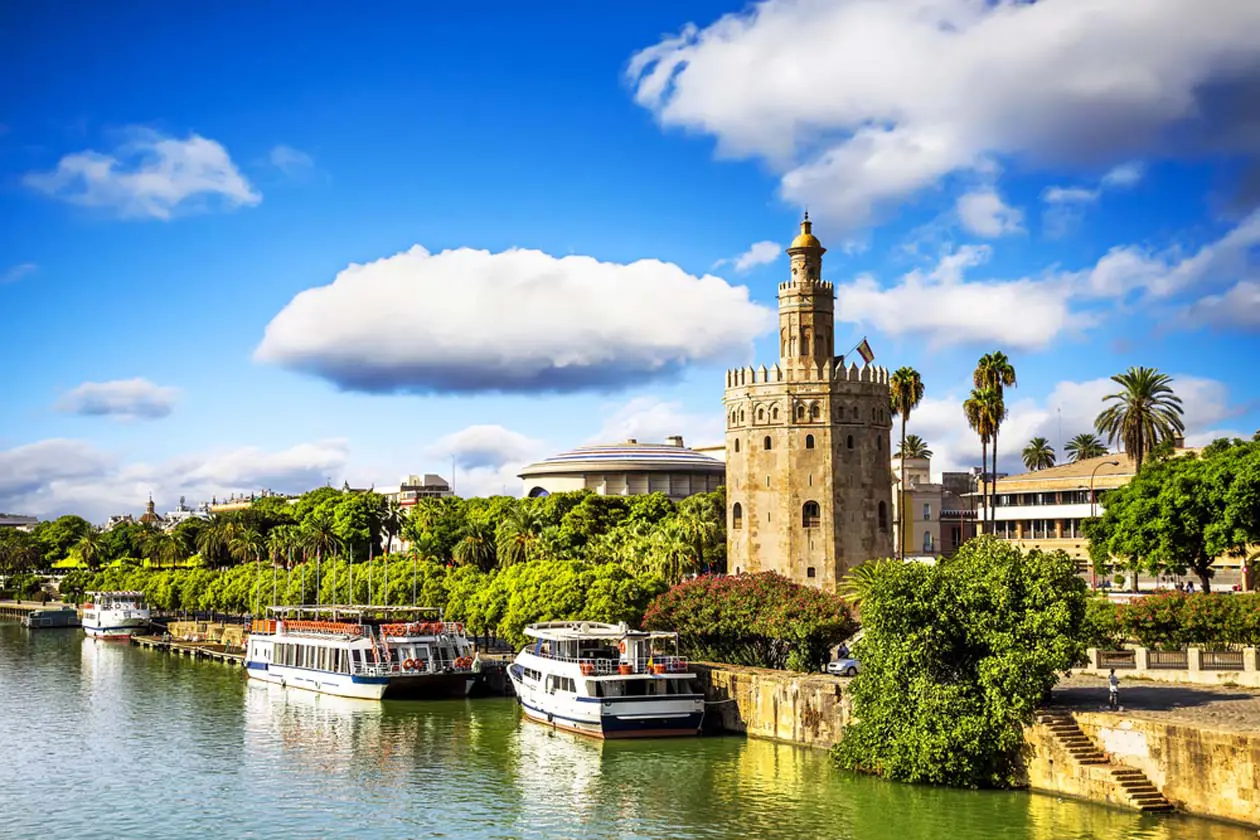
Torre del Oro (Golden Tower) on the river Guadalquivir in Seville. Photo: Sisterscom.com, Shutterstock
If you are visiting the city in summer, take advantage of the numerous terraces along the River Guadalquivir. Don’t miss Isla Mágica, a theme park in the centre of Cartuja Island, where you can relive the discovery of America by means of attractions and multimedia shows.
The Andalusian cuisine
The Andalusian cuisine is made of fresh and local ingredients, with seafood dishes in the coastal provinces and meat dishes of the hinterland and reflects its history, full of aromas, flavors and colors. Famous are the cold soups such as the Andalusian gazpacho made with vegetables and the ajoblanco (white garlic) with bread, crushed almonds, garlic, olive oil typical of the city of Granada and Malaga that is consumed accompanied with fruit such as grapes or melon.
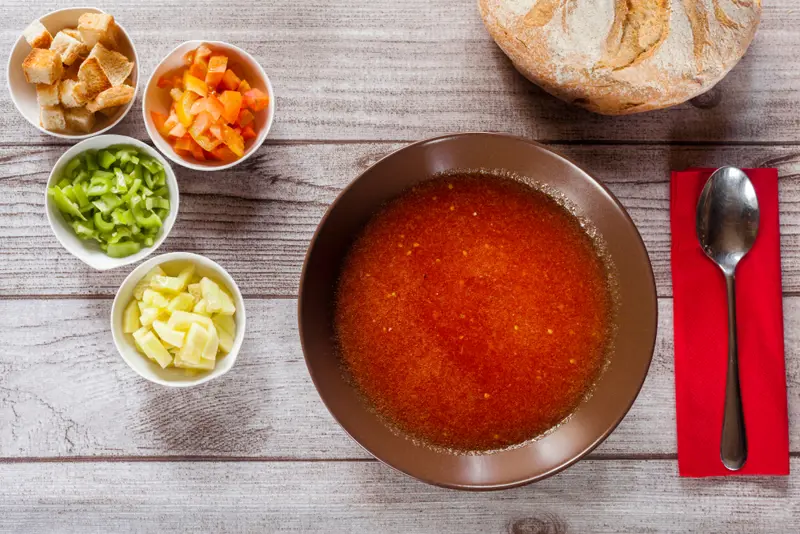


The salmorejo is instead a typical soup of Cordova and also known as ardoria, in Seville prepared with tomato, garlic, hard bread and served with boiled egg, small pieces of jamón serrano and olive oil. There are also wines like Malaga and sherry to taste in Andalusia.
Text by Luca Lembi
Update by Alisè Vitri
All rights reserved.
Tourism Board
www.turismosevilla.org
www.andalucia.org
www.andalucia.org
Partnership with Booking.com
Where to sleep in Seville
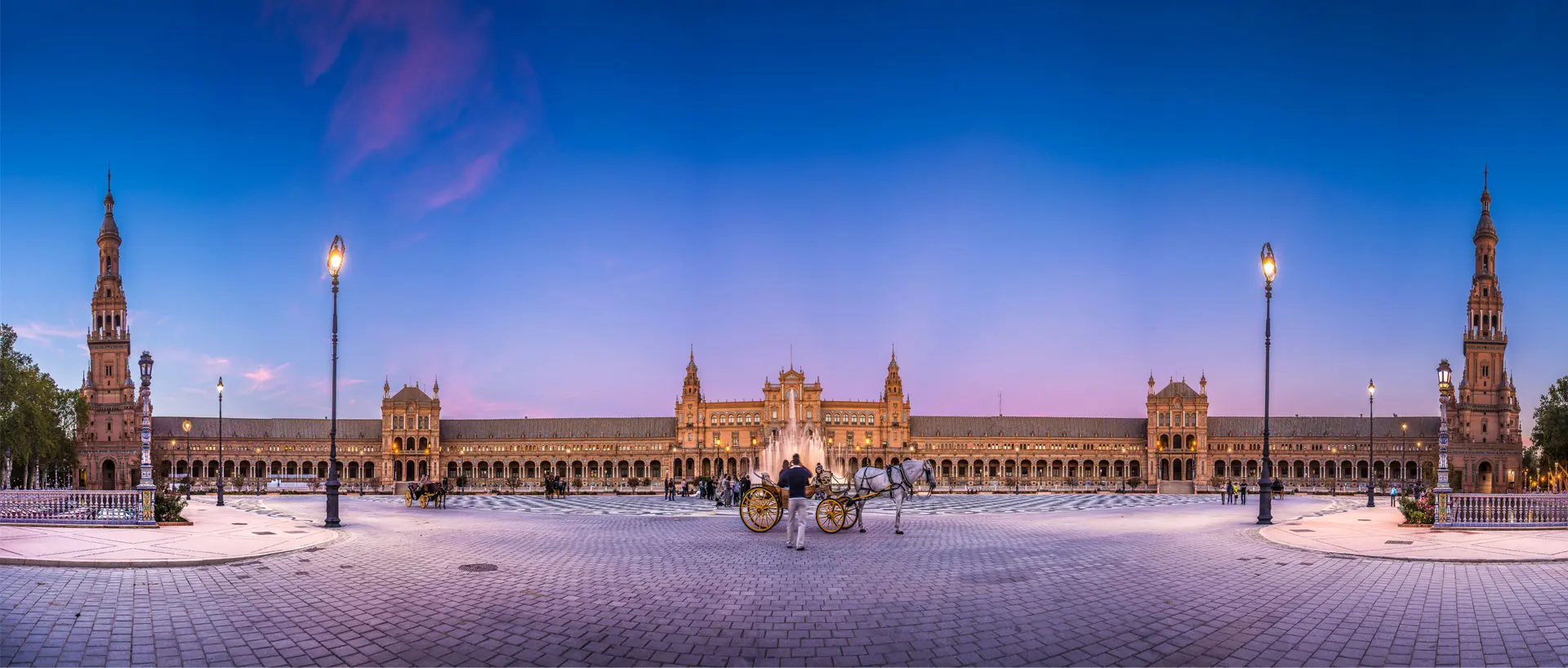
Seville Photo: Sisterscom.com, Shutterstock
Seville is a welcoming city and offers different possibilities for accommodation.
To find the ideal hotel and the best offers you can do a search for the stars but also for districts or landmarks.
STARS
Hotels for stars, differentiated by type of services:
DISTRICTS
Hotels in the districts
LANDMARKS
Hotels in tourist areas
AIRPORT
Hotels near the airport
HOTELS NEARBY FARO
WHERE TO GO in seville
Monuments in Seville
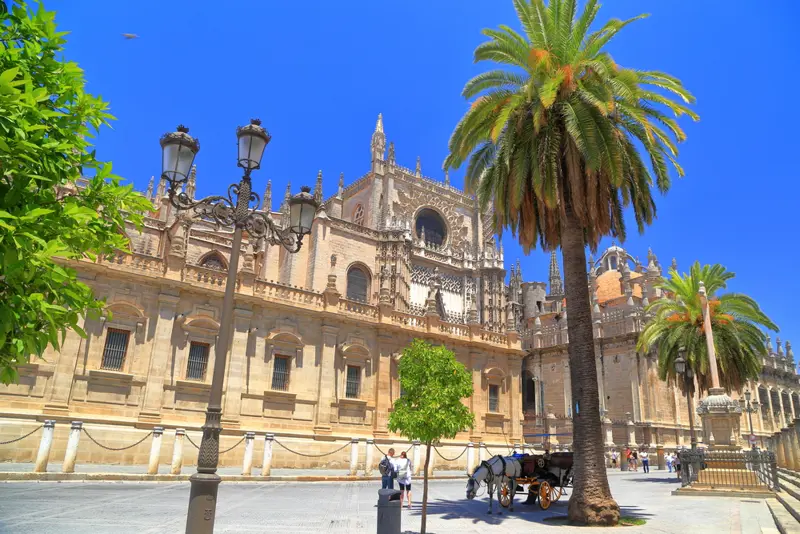
SEVILLE CATHEDRAL
This is the third largest church of all Christian civilisation. The cathedral stands on the site of the 12th-century Great Mosque, and retains its minaret. The highest part is the transept which rises to a maximum height of 40 metres.
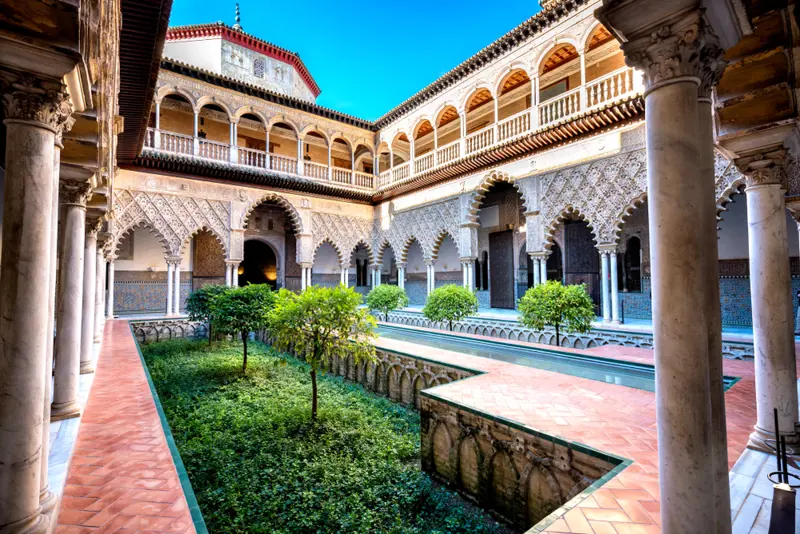
Photo: Sisterscom.com, Shutterstock
THE ALCAZAR OF SEVILLE
Peter I, the Cruel, rebuilt the old Almohad fortress and made it into his royal residence. The interior of the building is arranged around two courtyards: the courtyard of Las Doncellas, where official life took place, and the Las Muñecas courtyard, the centre of private life.
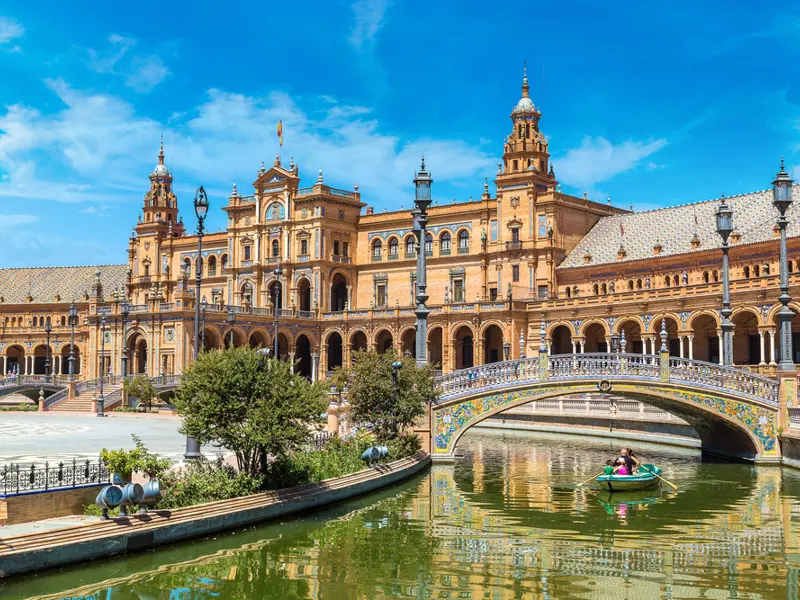
PLAZA DE ESPANA
Painted ceramic benches, representing all the provinces in Spain, are arranged around the square. Its plan is semicircular and it is dominated by 2 towers, one on each side of the enclosed area, which frame the central building where the main rooms are found. Between the two towers runs a network of galleries with an arcade of semicircular arches leading to exits in different parts of the square. A fountain is found in its centre.
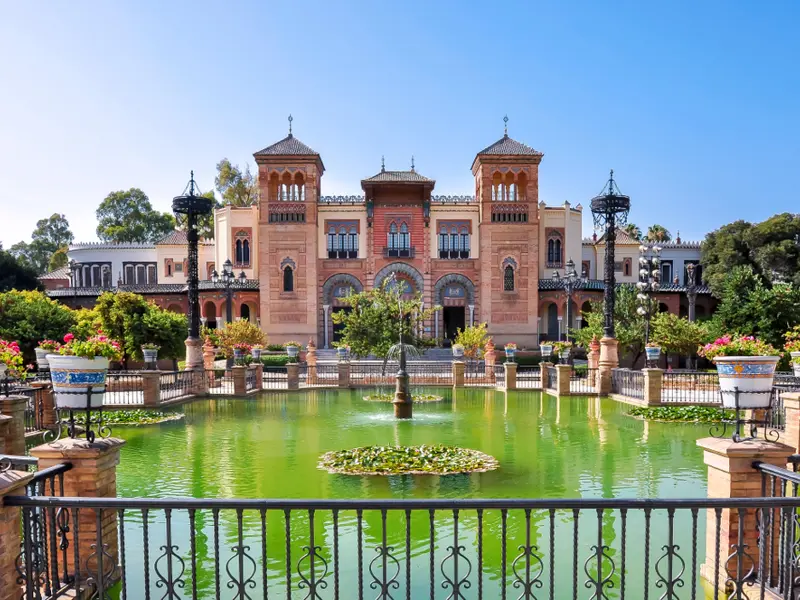
PLAZA DE AMERICA
This square forms part of the artistic urban site created for the Spanish-American Exhibition in 1929. The work of Aníbal González, it is situated next to the María Luisa Park and is surrounded by three palaces in different architectural styles. The first, in neo-Gothic style, is the Royal Pavilion. The second, neo-Mudejar, houses the Museum of Popular Arts and Traditions, and the last, neo-Renaissance, is the Provincial Archaeological Museum in which the Carambolo Treasure (the largest find of prehistoric precious metalwork) is preserved.
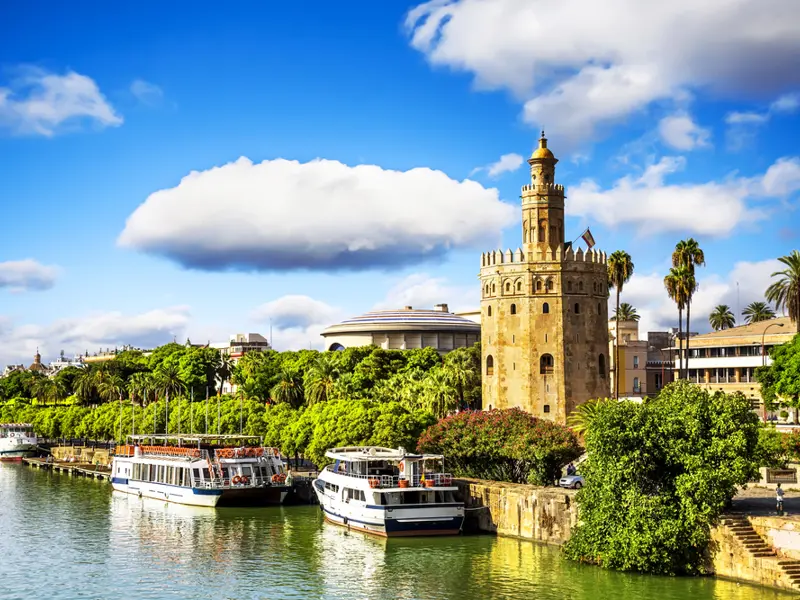
THE GOLDEN TOWER
The Golden Tower was given its name because it was originally covered in golden tiles. It forms part of the city walls, and stands on the banks of the river. The tower dates back to the year 1220 and houses the Naval Museum, containing models, navigation charts, compasses and ancient documents
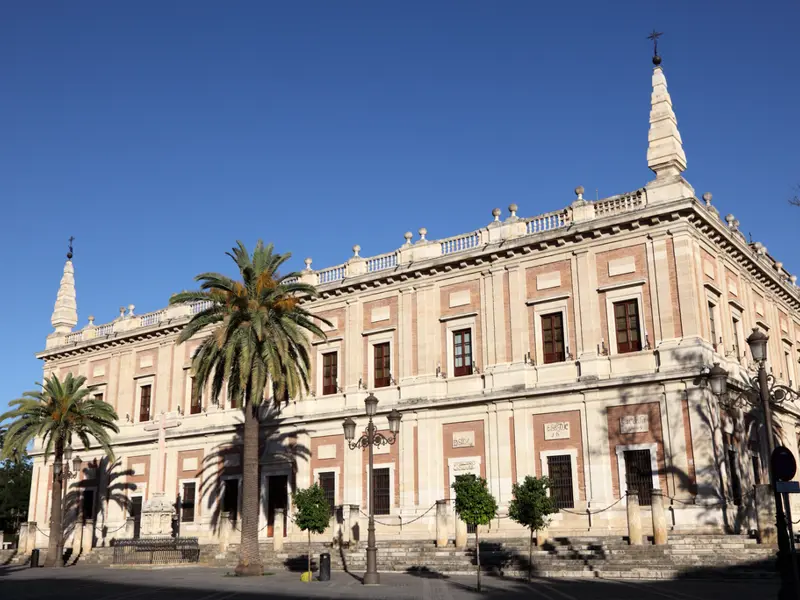
ARCHIVE OF THE INDIES
This is a building with a square floor plan and large central patio. Inside, valuable documents are stored that enable the history of Spain’s relationships with its American colonies overseas to be recreated.
Excursions in Seville
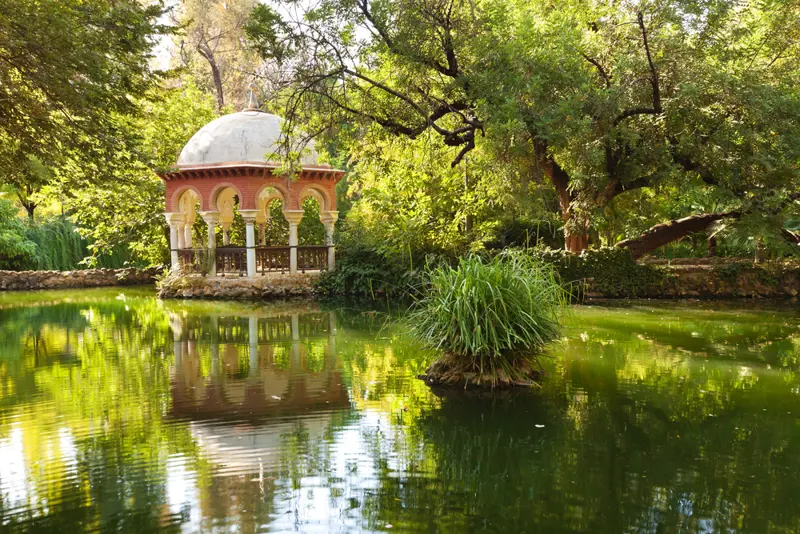
MARIA LUISA PARK
This is a symbolic site of the city, and an ideal place for strolling among plants and fountains. It was donated to the city in 1893 by the Princess María Luisa Fernanda de Borbón, Duchess of Montpellier. The avenues criss-cross to form rounded terraces decorated with fountains and statues, making the park a kind of open-air museum.
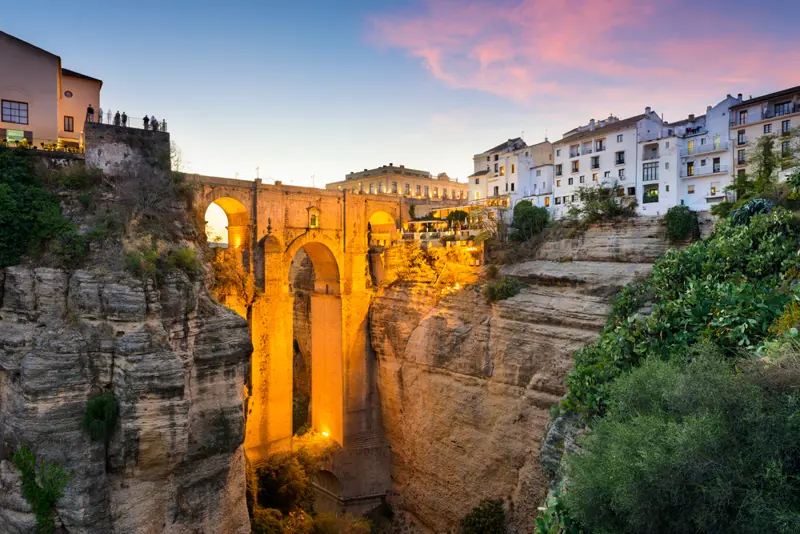
RONDA
Ronda, one of the oldest cities in Spain, is built on two distinct rocky promontories. The two parts of the city are joined by the most famous bridge in Spain, known as Ponte Nuovo (Ponte Nuevo), although it was built in the 18th century. Interesting monuments, churches and museums to visit. It is about 130 km from Seville.
Partnership with GetYourGuide
Discover all tours and excursions
News & Useful info
Shopping
You might be interested in
Other destinations
Airports nearby Seville



